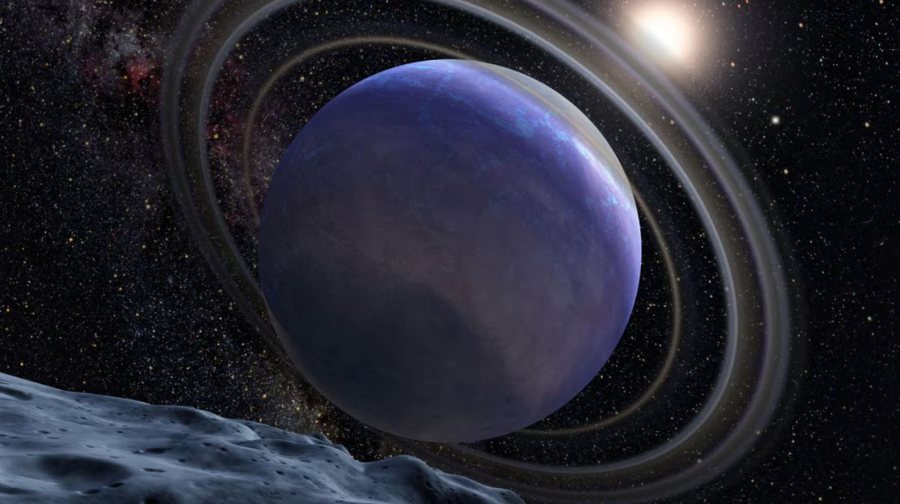
The James Webb Space Telescope has detected carbon dioxide for the first time in a multi-planet system long studied for the dynamics of planet formation: HR 8799, 130 light-years away.
In doing so, it provided one of the clearest direct images of exoplanets ever taken and confirmed that the giant planets inside HR 8799 formed by a slow process, similar to that by which Jupiter and Saturn formed. Analysis of the new observations is published in the scientific journal The Astrophysical Journal.
The space telescope had previously detected carbon dioxide on an exoplanet (WASP-39 b), but indirectly: it had managed to measure how the planet's atmosphere changed the light of its star when it passed in front of it.
Scientists say the new observations will help us understand whether objects found around other stars are truly giant planets or failed stars that have not accumulated enough mass to initiate nuclear fusion. (A2 Televizion)











